The research funded by this grant has enabled to develop a conceptually new approach to colloidal self-assembly that borrows no material from biology and entirely relies on the innate charge that any colloidal particle develops in water.
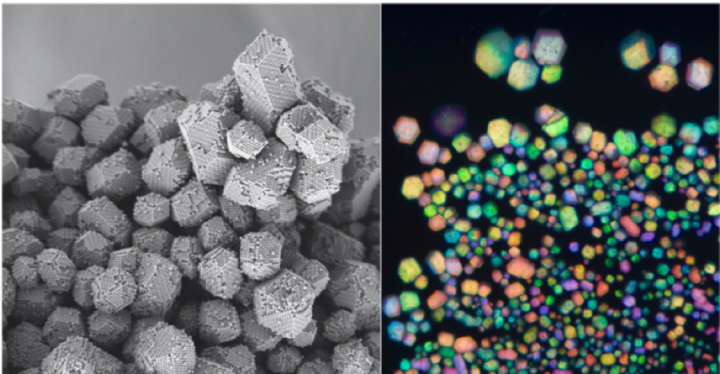
The research funded by this grant has enabled to develop a conceptually new approach to colloidal self-assembly that borrows no material from biology and entirely relies on the innate charge that any colloidal particle develops in water.
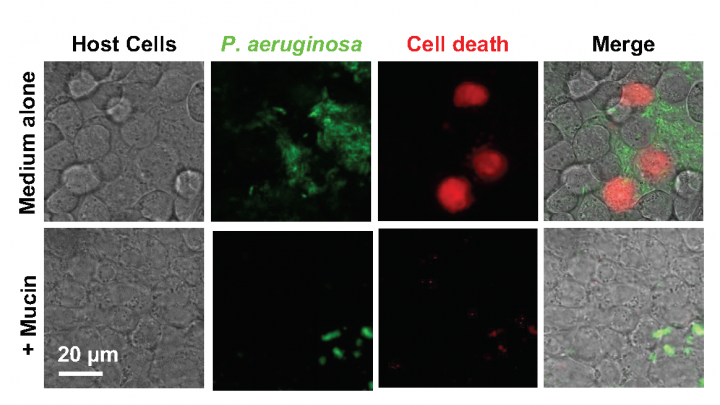
A slimy layer of mucus serves as the first line of defense against problematic microbes like the bacterial pathogen Pseudomonas aeruginosa. We have identified mucins, the major gel-forming components of mucus, and their complex sugar structures (glycans) as protective molecules that suppress microbial virulence traits including toxin secretion, bacterial communication, and surface attachment.
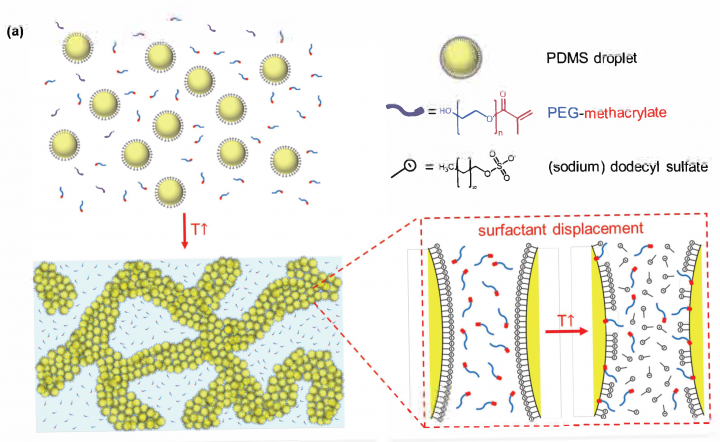
Doyle has discovered a new way to thermally-induce gelation of nanoemulsions. They developed a platform wherein colloidal gelation is controlled by tuning repulsive interactions.
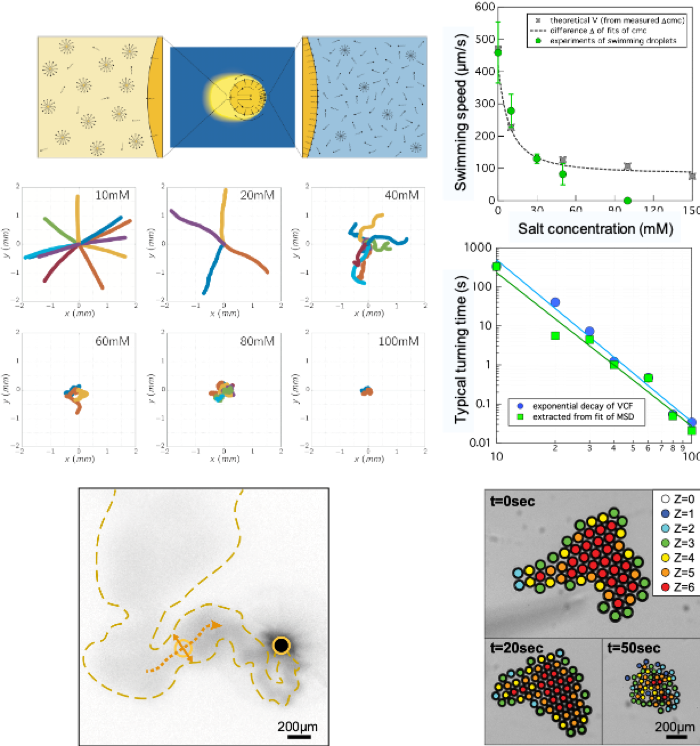
Here we explain the molecular engine of droplet motion that gives rise to their persistent random walk. This result allows us to tune their swimming speed and turning frequency over a range that is much broader than that of solid active particles.
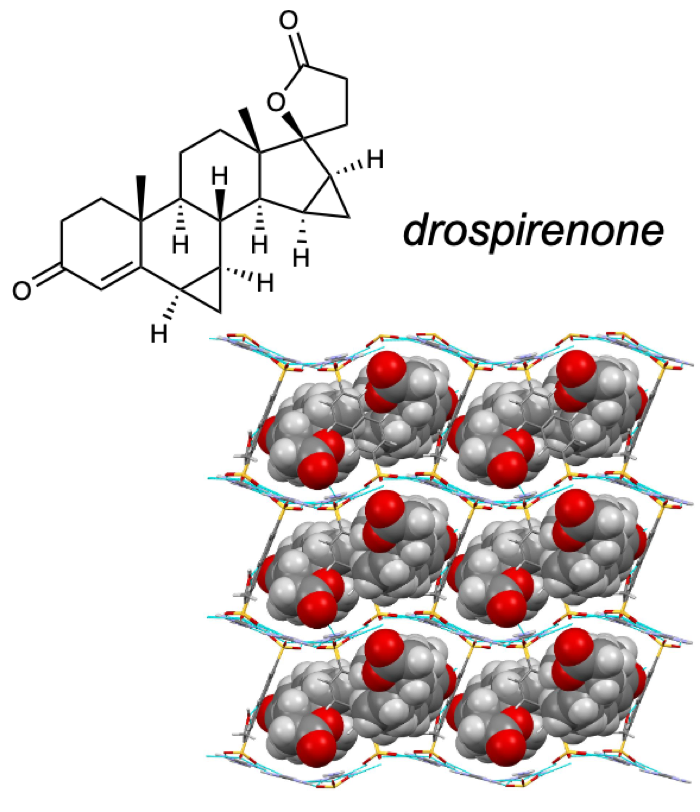
MRSEC investigators reported that a versatile toolkit of guanidinium organosulfonate hydrogen-bonded host frameworks can form inclusion compounds with complex “stubborn” molecules that cannot be crystallized or form suitable single crystals for X-ray diffraction analysis by themselves, enabling determination of their molecular structure.
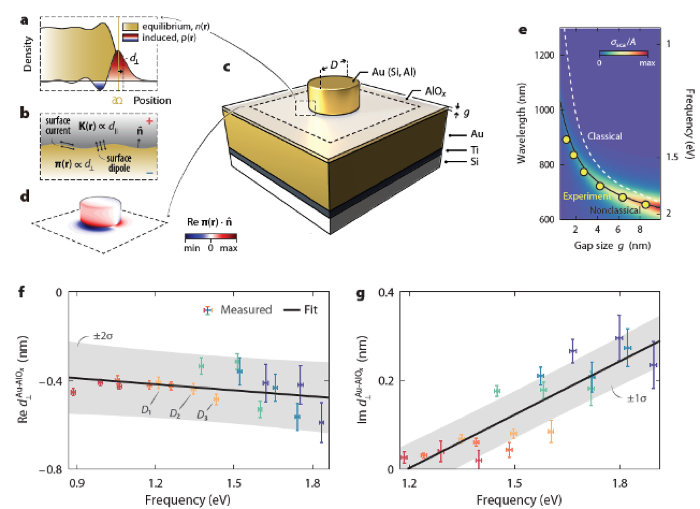
The d parameters are a convenient parametrization for surface-related, quantum corrections. We establish a systematic approach to measure the d parameter dispersion of a general two-material interface.
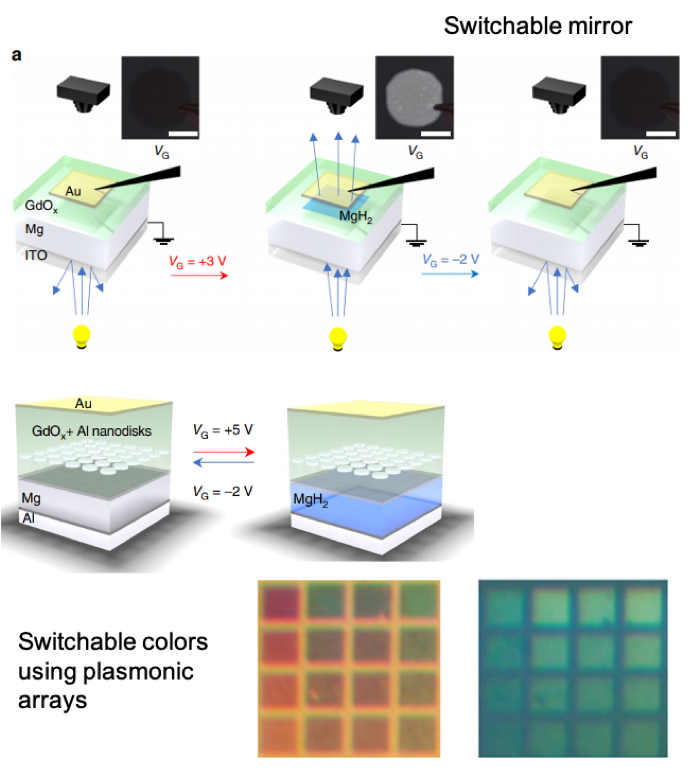
Using a simple device structure, it has been shown that electrical control of optical properties can be achieved through electrochemical hydrogen gating, sourced from moisture in the air.
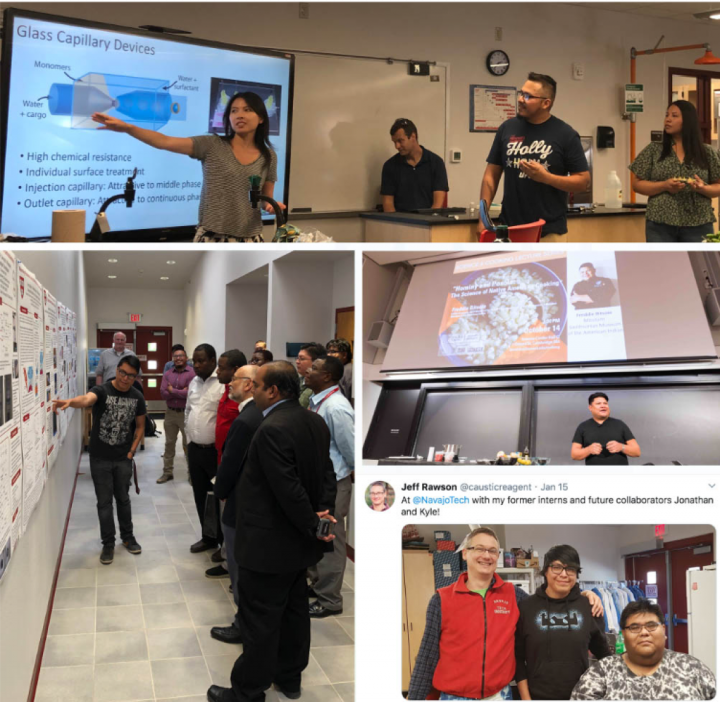
This unique partnership between Navajo Technical University and the Harvard MRSEC builds enduring pathways for undergraduate Native American students into STEM by including traditional Navajo perspectives and methods of scientific inquiry in materials science research and education.
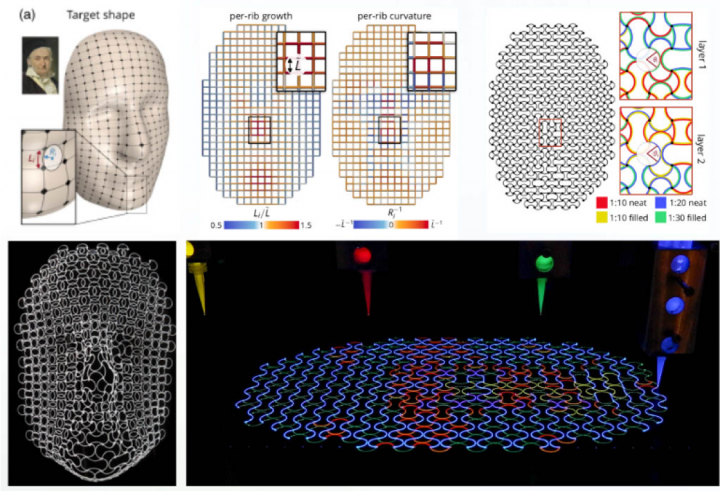
A team at the Harvard MRSEC led by Lakshminarayanan Mahadevan and Jennifer A. Lewis has created shape-shifting lattices by combining predictive design and multimaterial 4D printing.